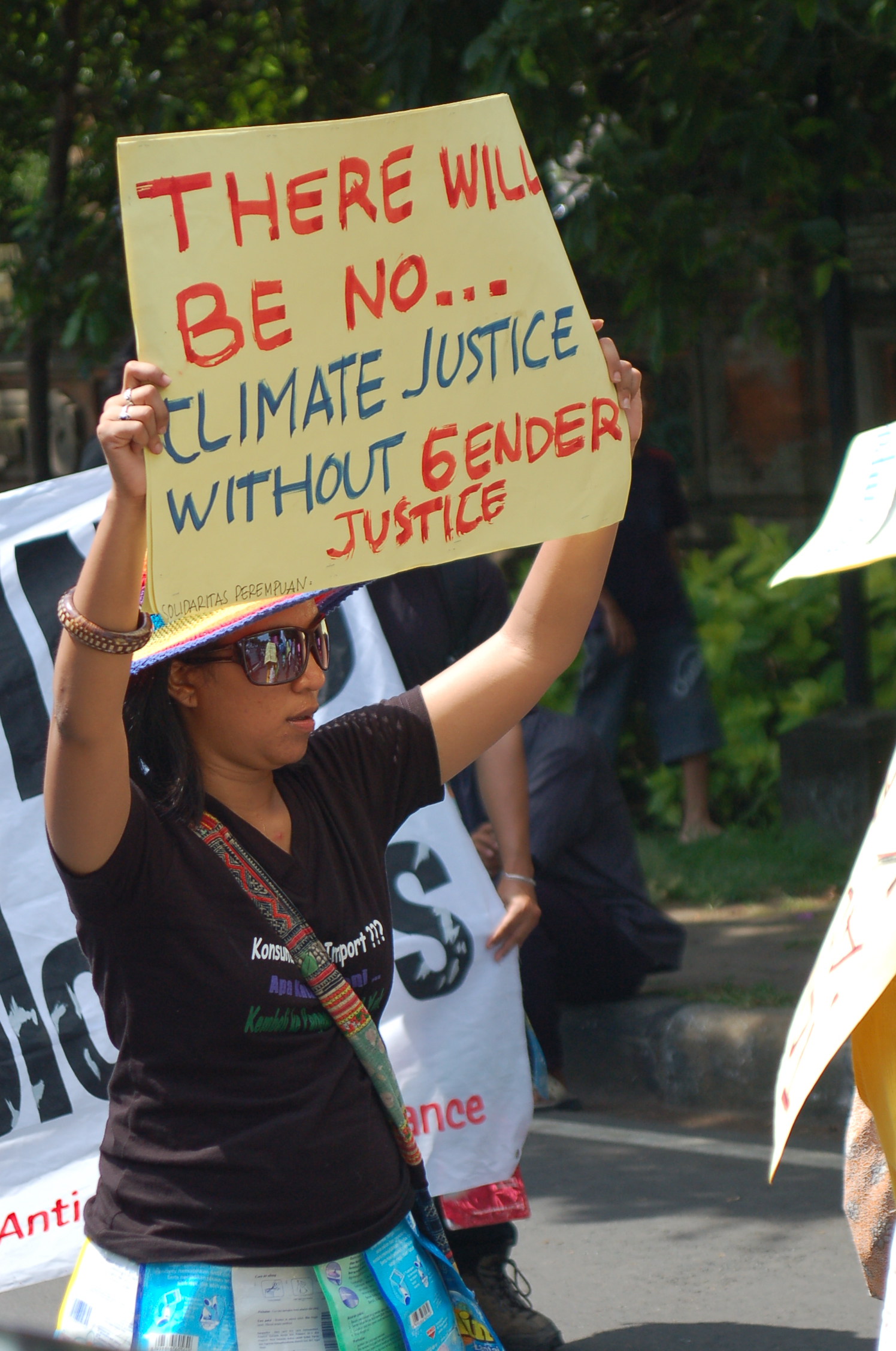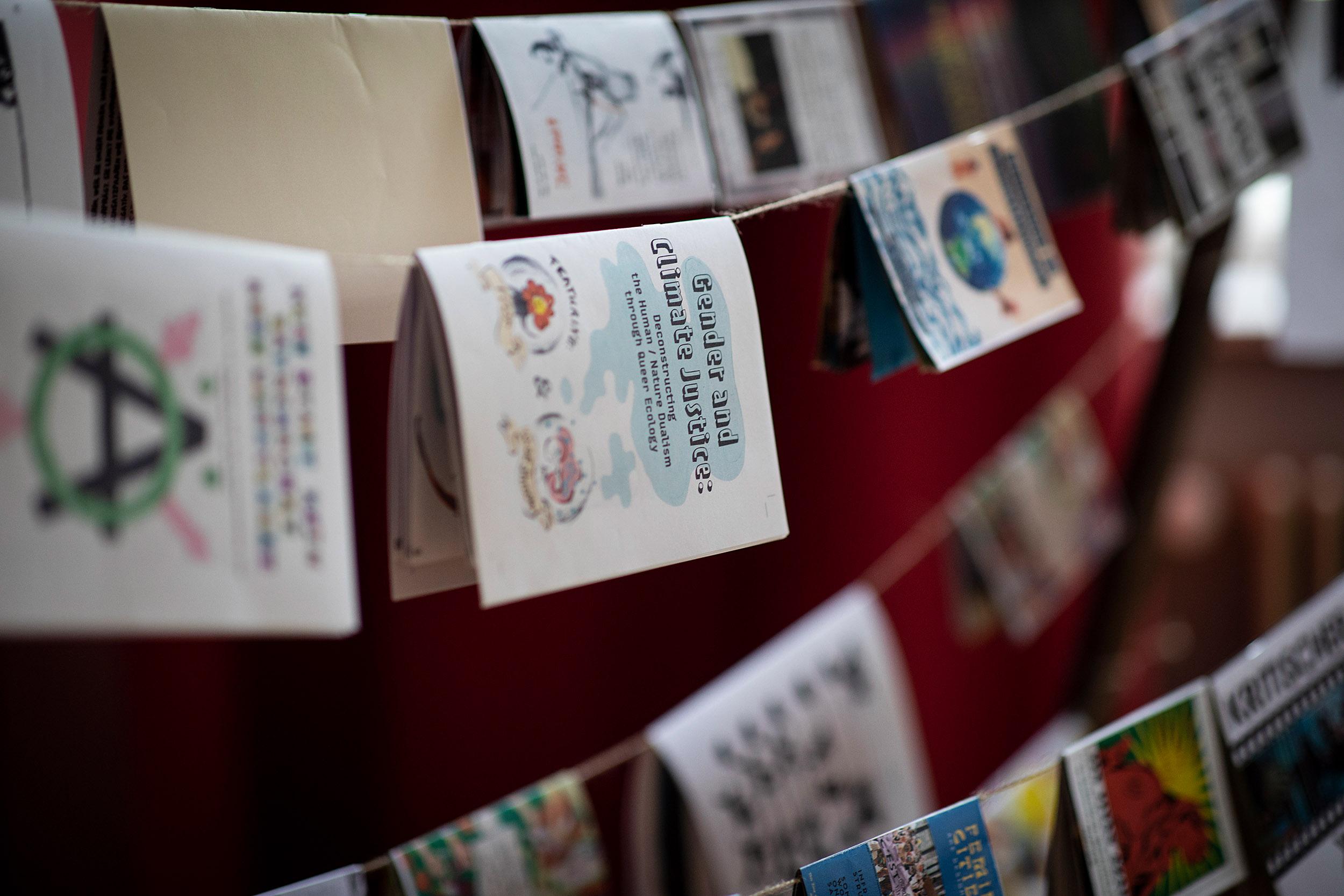
How is gender related to biodiversity conservation concerns?
And what has been done to mainstream gender into biodiversity conservation policies?
This section provides an introduction on how biodiversity loss and climate change is interconnected
such as how biodiversity conservation is strongly linked with questions of gender equality.
Step by step we will approach this issue in the following modules.

Internal course area for participants in the project "Climate justice and gender justice in international climate politics – not without us!"
This module contains training material developed by GenderCC, including material developed by our partners the Center for Global Change (Bangladesh) and Secretariat for the Pacific Community (SPC) during the project "Gender in Adaptation and Low Carbon Development" (2010 - 2014).
You can download the material, contact the GenderCC Secretariat or add your own training material you wish to share with the Gender and Climate community.
This module will discuss and develop criteria for gender sensitive Low Carbon Development Strategies. Gotelind Alber has outlined 8 critteria in her draft paper "Low Carbon Development from a Gender Perspective". Above you can download the full paper, or read part and then join the discussion.

Why is it important to integrate gender into the climate change policy? Women and men contribute differently to the causes of climate change, are differently affected by climate change, react differently to its impacts and, given the choice, favour different solutions to mitigate and options for dealing with the consequences of climate change. These differences are based on traditional gendered roles and responsibilities in most societies, and on gendered access to resources and political influence.

You want to learn how to find out if and how women, men and the gender relations are impacted by a particular policy measure or implementation project? Then you are in the right course.

With the inevitable rise in global temperatures in the next few decades (see IPCC Fourth Assessment Report) countries and communities around the world will have to adapt to climatic change. Adaptation has been recognised as an inevitable and urgent need, especially for the Least Developed Countries, who are hit hardest by global warming. Adaptation is the “adjustments in ecological, social, or economic systems in response to actual or expected climatic stimuli and their effects or impacts. It refers to changes in processes, practices, and structures to moderate potential damages or to benefit from opportunities associated with climate change” (UNFCCC http://unfccc.int/focus/adaptation/items/6999.php ).
Women are particularly affected by the dramatic changes in climate patterns, especially those living in poverty. Due to existing gender inequalities, different social roles and the division of labour, women and men are not equally affected by climate change impacts and do not have the same adaptive capacities. Adaptation is heavily dependent on income and wealth, access to information and technology and power in decision making processes – areas which are a reflection of continued unequal gender relations. Addressing the persistent inequalities between men and women and responding effectively to the climate crisis requires taking gender equality at the heart of the design and implementation of climate policies and adaptation projects.

